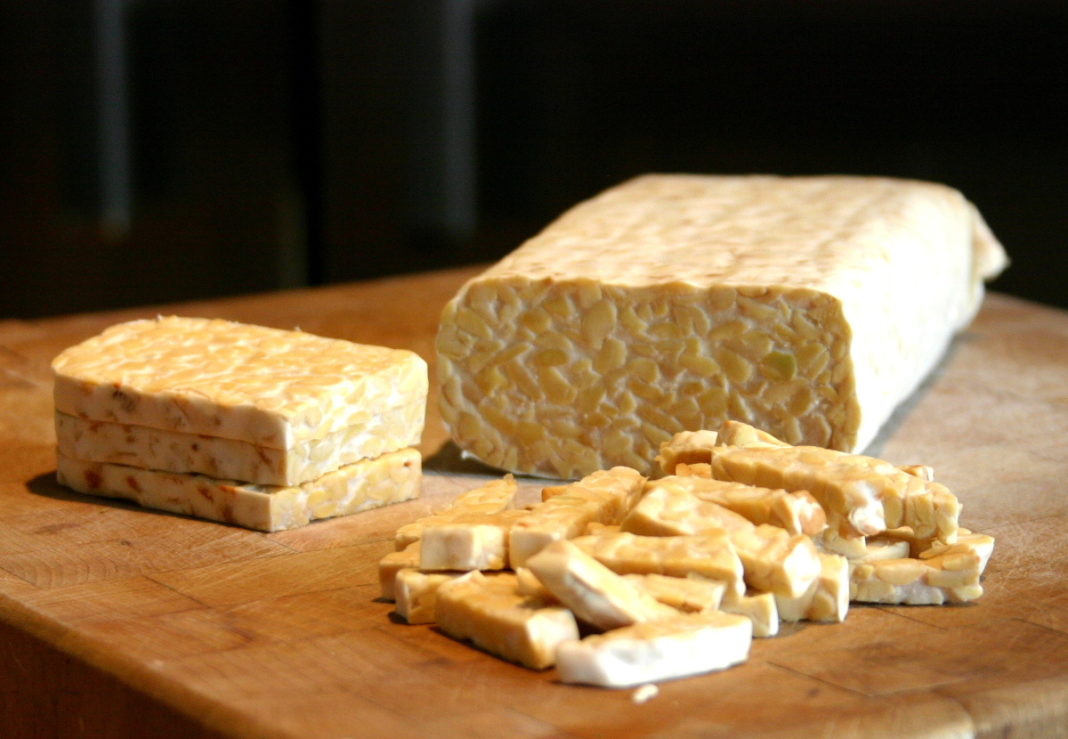Lumpia
Lumpia is a simple and flavourful Filipino finger food that evolved from the Chinese spring rolls. Each lumpia consists of a rice or flour dough wrap that is stuffed with meat (most often ground pork or beef) and vegetables such as cabbage, carrots, onions, and garlic.
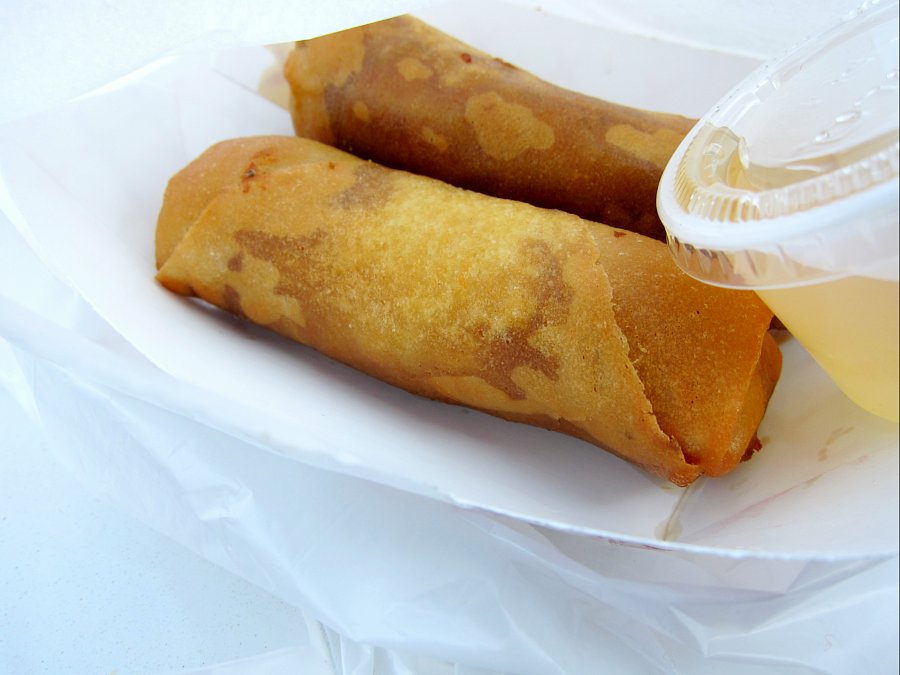 It is then sealed with egg wash and fried. Once it has been prepared, its crusty, crunchy exterior and tender interior are perfectly complemented with the sweet and sour dipping sauce. It can be eaten as a snack or as a side dish, and it is almost impossible to see a Filipino feast without at least one variation of lumpia, such as unfried lumpia, lumpia with bean sprouts, hearts of coconut palm, bangus, or saba bananas (ripe plantains).
It is then sealed with egg wash and fried. Once it has been prepared, its crusty, crunchy exterior and tender interior are perfectly complemented with the sweet and sour dipping sauce. It can be eaten as a snack or as a side dish, and it is almost impossible to see a Filipino feast without at least one variation of lumpia, such as unfried lumpia, lumpia with bean sprouts, hearts of coconut palm, bangus, or saba bananas (ripe plantains).
Tempeh
Tempeh is a versatile vegan product, known to pack as many proteins as meat. This fermented soybean cake has origins from the Indonesian island of Java. Originally a by-product of tofu, which was introduced to Java in the 17th century by Chinese immigrants, tempeh was first discovered by accident, when discarded soybeans from the tofu making process spontaneously started fermenting.
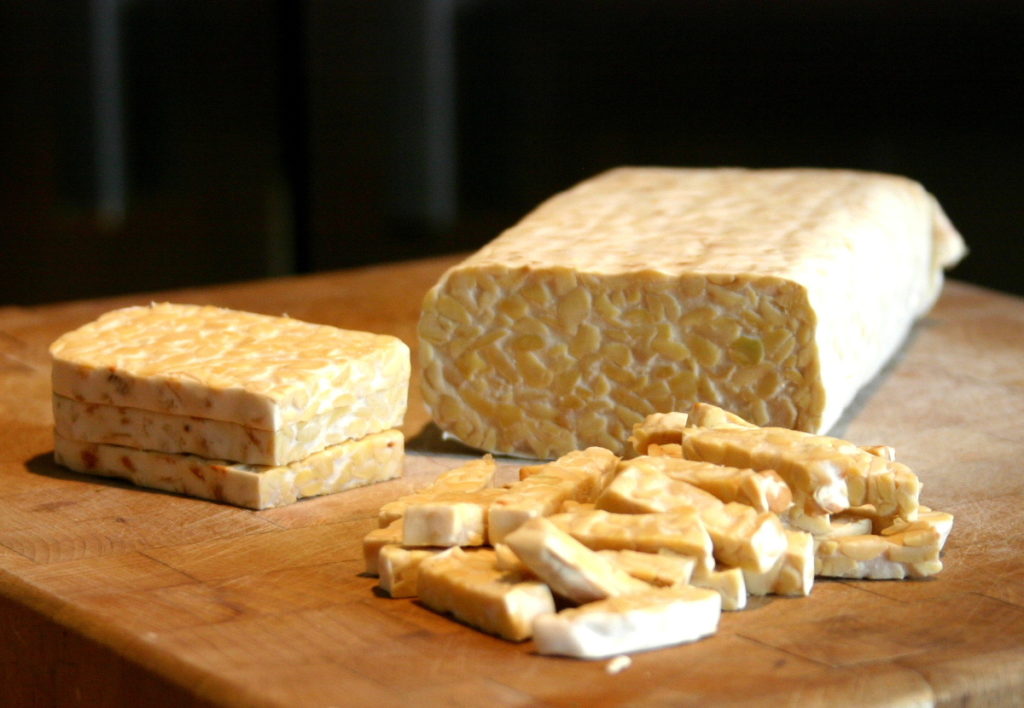 Nowadays, it can be purchased in virtually any health grocery store, along with other cruelty-free mock meats. As an ingredient, tempeh is extremely versatile. Prepackaged tempeh comes in a patty or cake form, and it is very easy to prepare. Although it can be eaten plain, it has a slightly nutty flavor, so it is often incorporated into other dishes.
Nowadays, it can be purchased in virtually any health grocery store, along with other cruelty-free mock meats. As an ingredient, tempeh is extremely versatile. Prepackaged tempeh comes in a patty or cake form, and it is very easy to prepare. Although it can be eaten plain, it has a slightly nutty flavor, so it is often incorporated into other dishes.
Beef kway teow
Beef kway teow is a Singaporean noodle dish that can be served either as a quick meal or as a side dish to bigger meals. In order to prepare it, broad and flat rice noodles are stir-fried and topped with slices of beef. The dish can then be served in a dry version, or with soup.
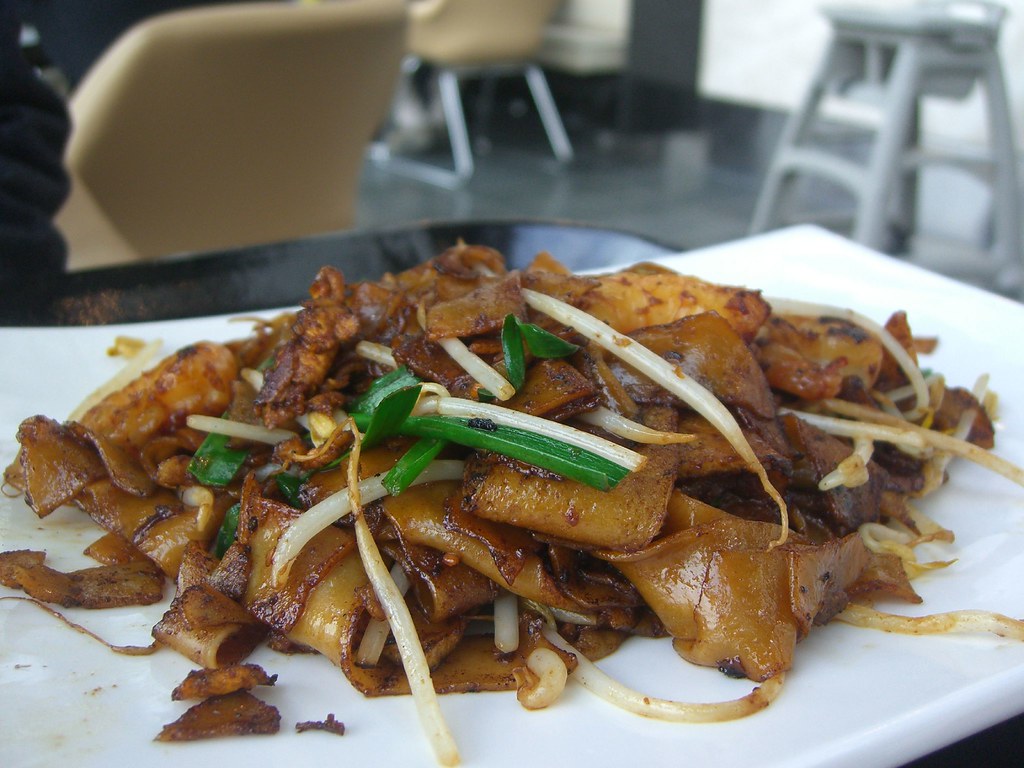 In Singapore, the soup is enriched with galangal, while the dry version is flavored with chili, soy sauce, and sesame oil. A variety of the dish is popular in Indonesia, where it’s commonly enriched with garlic, meatballs, cabbage, soy sauce, and black pepper.
In Singapore, the soup is enriched with galangal, while the dry version is flavored with chili, soy sauce, and sesame oil. A variety of the dish is popular in Indonesia, where it’s commonly enriched with garlic, meatballs, cabbage, soy sauce, and black pepper.
Lemang
Lemang is a traditional dish that is believed to have originated in Indonesia, but it is found in many Southeast Asian countries such as Malaysia, Brunei, and Singapore. It is made with sticky rice, coconut milk, optional flavorings, and salt, which are combined and then cooked in a bamboo tube over an open fire.
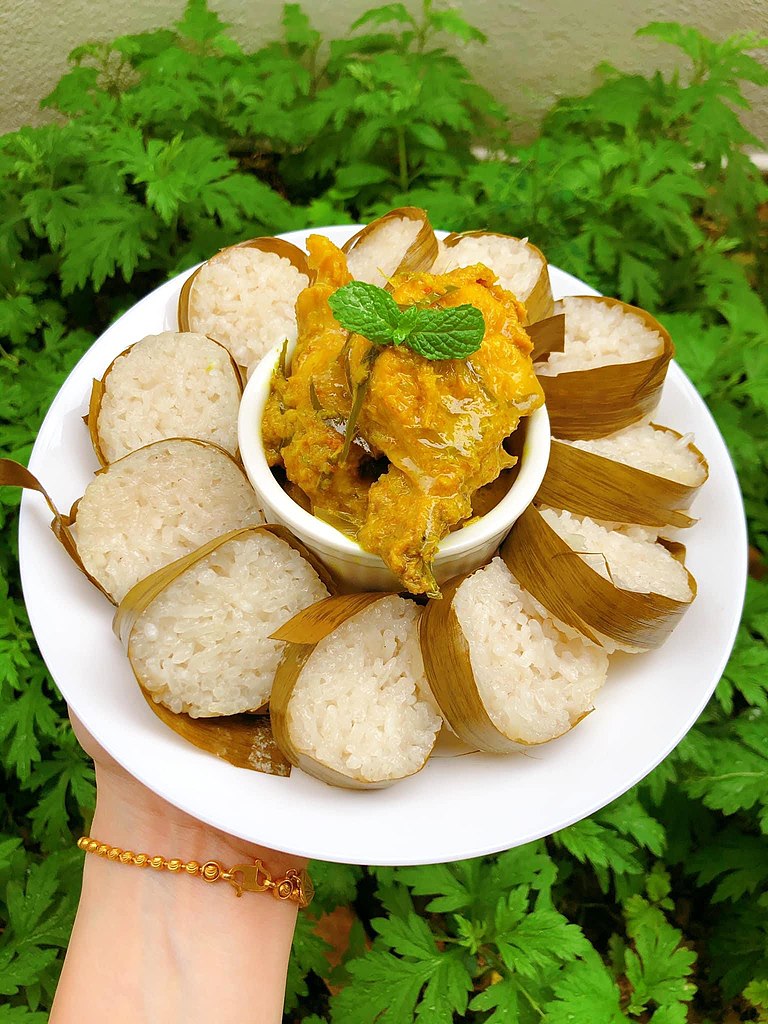 The inside of the tube is usually lined with banana leaves to prevent the rice from sticking. Lemang is traditionally eaten on the last day of Ramadan, to mark the end of the fasting period. It is typically served as a side with meat-based dishes.
The inside of the tube is usually lined with banana leaves to prevent the rice from sticking. Lemang is traditionally eaten on the last day of Ramadan, to mark the end of the fasting period. It is typically served as a side with meat-based dishes.
Atchara
Atchara is the famous Filipino green papaya pickle usually enjoyed as a condiment alongside authentic Filipino dishes. Next to long strips of unripe papaya, it can employ a variety of other vegetables such as carrots, onions, daikon radish, and bell peppers or chili peppers.
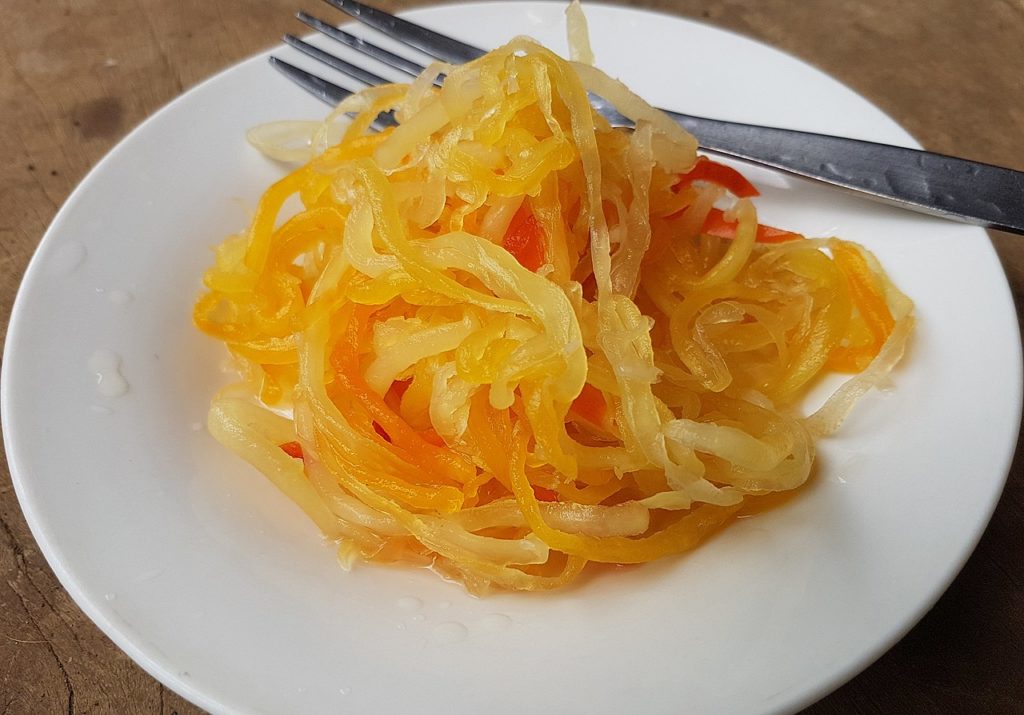 It may also include pineapple chunks or sweet raisins. The vegetables are occasionally grated, but more commonly julienned, which gives atchara an unusual, crispy texture. The heated marinade, which combines vinegar, sugar, ginger, garlic, salt, and peppercorns, is poured over the vegetables, and the relish is pickled until all the flavors develop.
It may also include pineapple chunks or sweet raisins. The vegetables are occasionally grated, but more commonly julienned, which gives atchara an unusual, crispy texture. The heated marinade, which combines vinegar, sugar, ginger, garlic, salt, and peppercorns, is poured over the vegetables, and the relish is pickled until all the flavors develop.
According to tasteatlas.com




